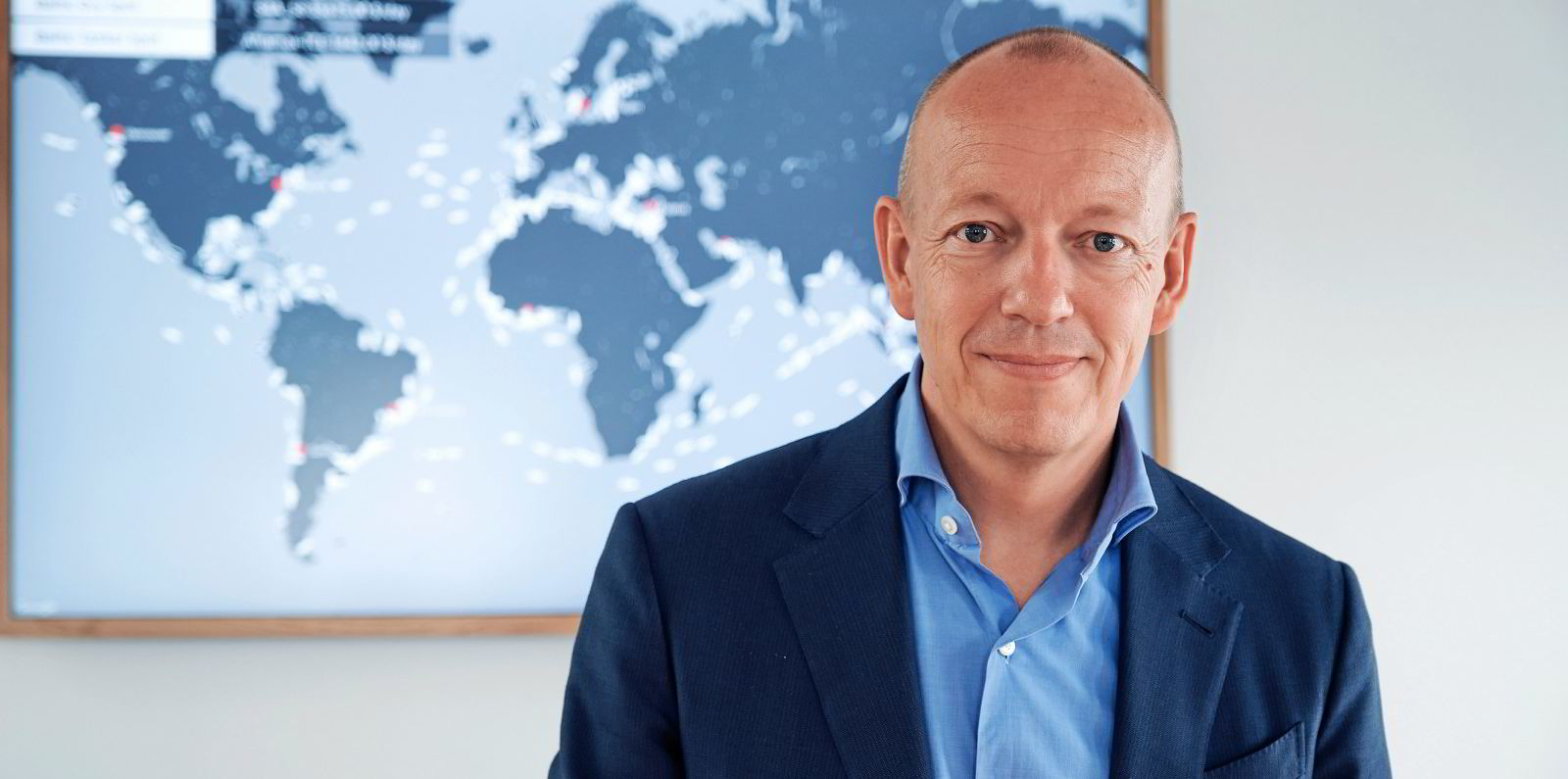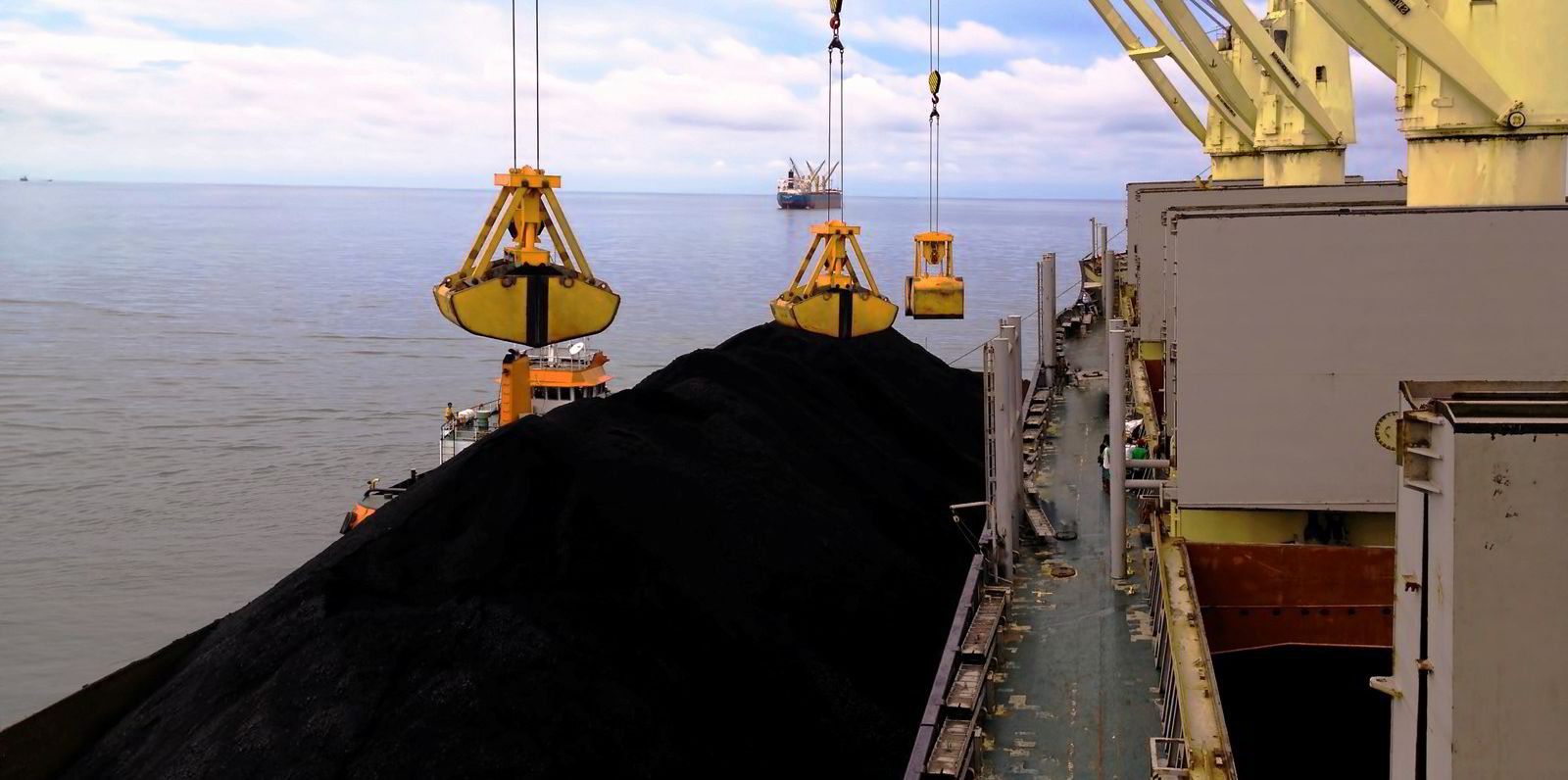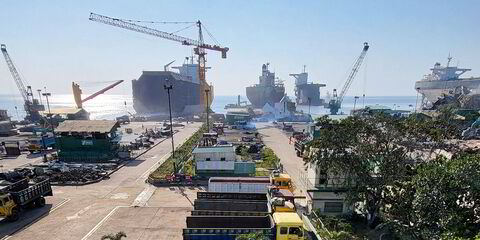Norden has made a new hire to head its capesize desk, kick-starting its ambitions to be an operator of the largest segment of bulk carriers.
Jesper Andersen will join Norden on 1 August from Oldendorff Carriers, where he was the Singapore-based director of the supramax and handysize desk for the South Pacific.
He has worked for Oldendorff since 2009, according to his LinkedIn profile.
Norden chief executive Jan Rindbo told TradeWinds that Andersen will be based initially in Singapore before moving to Copenhagen next year.
Andersen will be tasked with growing Norden’s asset-light capesize business, as well as making further hires to round out his team.
The aim is to build a “critical mass” in the capesize market of 20 to 25 vessels over the next two years, Rindbo said.
“But it’s not a volume thing for us, we will build it step by step,” he told TradeWinds.
Norden will talk to its customers to see how its presence in the capesize market can develop in line with their needs.
“More lately, we have been working on the cargo desk. We like that customer focus that brings — it’s really about building a customer-focused business,” he said.

Since buying its first capesizes this year — four, since the year began — and acquiring project-cargo vessel operator Thorco Projects, Norden now has the capacity to handle small parcels of cargo up to 200,000-tonne shipments on board newcastlemaxes, Rindbo said.
“We felt that buying these four ships sort of put us on the map, so to speak, and it also shows some intent for our customers that we are now a reliable presence in capesize,” he added.
“We keep an open mind in adding more to that investment but that’s, as usual, always sort of quite opportunistic … You should not expect in the next three weeks that we will add more to that.
“We actually hedged earnings for the balance of this year when we bought the [four capesize] vessels, so we have already secured good earnings for these ships for the rest of this year.”
The ships have been fixed on spot rate-linked contracts and hedged with freight forward agreements.




